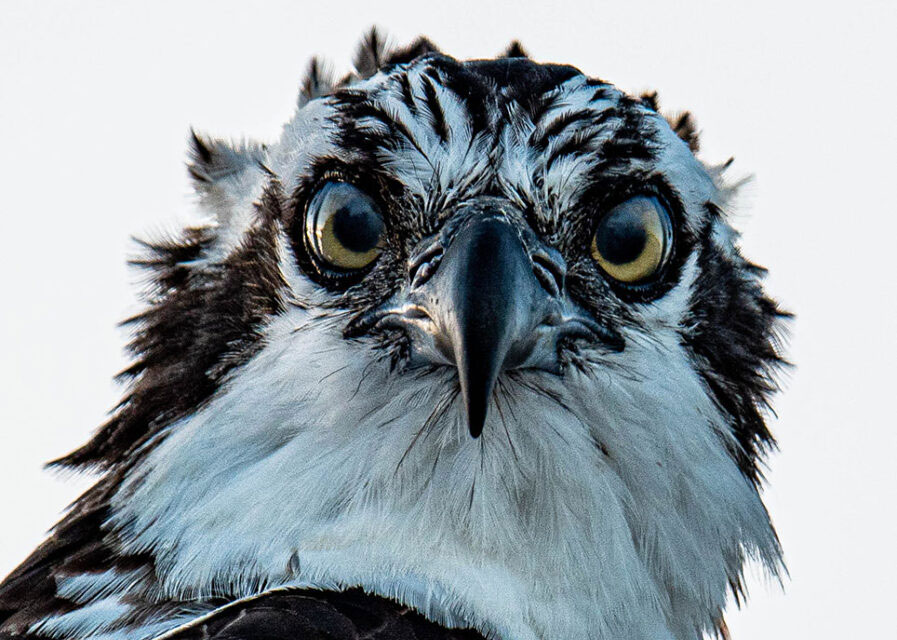
NIGHTIME ISTANBUL II; AROUND THE GOLDEN HORN
The Golden Horn is central to classic Istanbul. Known to Turks as Haliç, it is an estuary of the Bosporus at the junction with the sea of Marmara. On a map it looks like a horn, hence the name. South of the estuary is the Old City. To the north is Galata Hill with its prominent Genovese tower that dates back to the 14th century.

The area around the Golden Horn features some of the most iconic, postcard vistas of Istanbul. At night these take on a new specter.
On a recent visit I arrive at the Karakӧy quarter at the foot of Galata Hill well before sunrise. I stand east of the Galata Bridge that spans the Golden Horn from Karakӧy to Eminӧnü. Yeni Cami glows in Eminӧnü, resplendent in floodlight.

Yeni Cami with Laleli Cami in the background to the left.
The word “yeni cami” means new mosque in Turkish. Completed in 1655, it is no longer new. Yet the name persists, I presume because it is newer than other iconic mosques of the Old City.

Süleymaniye Mosque.
On the other side of the bridge, Süleymaniye Mosque (1557) stands atop a hill, not as well lit, yet somehow more majestic.

Suleyman the Magnificient
Commissioned by Kanuni Sultan Süleyman (Suleyman the Magnificent ) who ruled at the zenith of the empire, built by the great architect Mimar Sinan, the mosque dominates the heights of the Fatih quarter.

Fatih Sultan Mehmet
The quarter is named for Sultan Mehmet II, Süleyman’s grandfather, who conquered Istanbul in 1453. He was given the honorific “Fatih,” conqueror. His mosque is farther up the Golden Horn in the same quarter. On a prior occasion, I caught a view of Fatih Mosque with a long lens, from Salacak on the Asian side of the city.

Fatih Mosque (1470) with the Galata Bridge in the foreground.
Walking south on the Galata Bridge toward Eminӧnü I look back and there is the Galata Tower, atop its namesake hill, well lit.

Galata Tower.
Galata Bridge is full of locals fishing off its guardrails, an old Istanbul tradition. Even at this ungodly hour they are there with their rods and buckets, smoking, chatting and examining food items offered by street vendors. They don’t mind me as I walk by, tripod over my shoulder.

Metro Bridge with Yavuz Selim Mosque in the background.
To my right, looking up the Golden Horn is the newly built Istanbul Metro bridge with its modern suspension tower. It parallels the Galata Bridge, conveying the Green Metro line over the estuary. A distant mosque, that of Yavuz Selim, Süleyman’s father, looms behind its cables. Classic and modern overlap. Istanbul is full of such juxtapositions.
I get off the bridge in Eminӧnü and walk east along the coast. Yeni Cami looms large to my right, a radiant behemoth at this close range.

Yeni Cami viewed up close.
Looking back, I can now capture the bridge I just crossed with the Galata Tower glowing in the background.

Galata Bridge over the Golden Horn with Galata Tower in the background.
I walk inland, crossing a tram line and wide boulevard to Eminӧnü Square. This is a vast plaza that’s the beating heart of the Old City, usually crowded with Turkish shoppers, tourists, vendors, and hundreds of pigeons. It is eerily dark and deserted at this hour. Even the pigeons are absent. I walk up the steps of Yeni Cami and shoot a few architectural details.

Yeni Cami gate at Eminӧnü Square.
I then walk west along the Golden Horn coast and capture a different view of Galata Tower from this perspective.

Galata Tower, from Eminӧnü coast.
On another occasion, I am in Balat, an ancient quarter of the Old City halfway up the Golden Horn. It is sunset and I observe a splendid full moon rising by the Galata Tower.

Full moon by Galata Tower, seen from Balat.
As darkness sets, the moon approaches the tower, both glowing in the dark.

Full moon by Galata Tower, seen from Balat.
Later, in the evening, I make my way to the top of Galata Hill and visit the Kuledibi Quarter. Kuledibi means “base of the tower.” Previously an old, rundown neighborhood, it is a gentrified, hip spot with numerous restaurants, bars and cafes, the tower a tourist magnet. From here, the old tower assumes a more majestic look.

Galata Tower, up close, from Kuledibi.
The base of the tower is a circular plaza chock full of people gazing at a laser light show that displays traditional Turkish ornamental patterns over its wall.
Laser light show, Galata Tower.
The joys of nighttime Istanbul are obscure to many. Given how safe it is to venture out in the dark, they are well worth experiencing.










